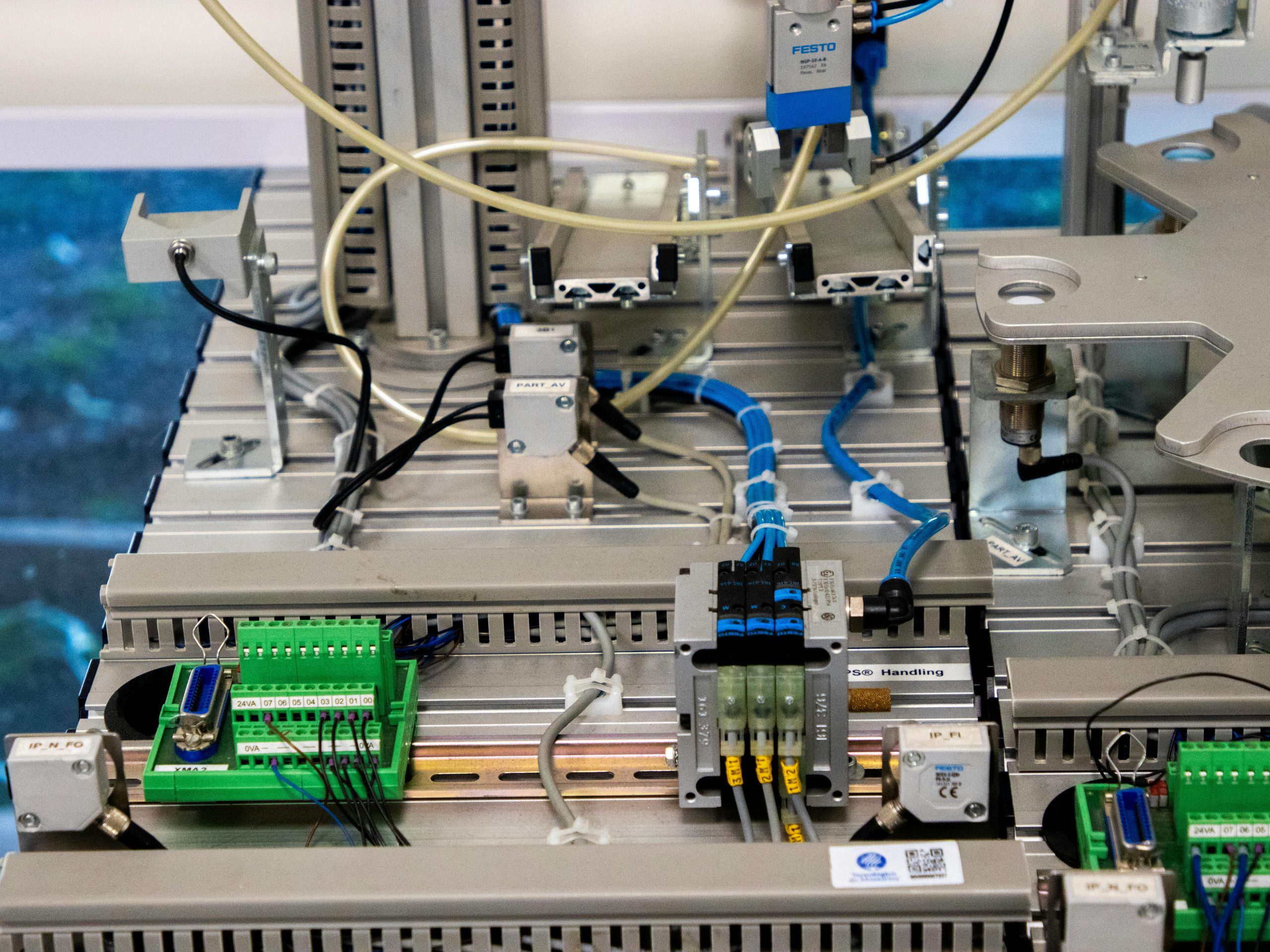Introduction to Vacuum Circuit Breakers
The vacuum circuit breaker has become one of the most essential components in modern electrical systems. It provides safe, efficient, and reliable switching of electrical circuits under both normal and fault conditions. As technology has evolved, so too has the design and operation of the Vacuum circuit breaker, leading to higher performance, reduced maintenance, and greater safety for power networks.
The Concept Behind a Vacuum Circuit Breaker
A vacuum circuit breaker works by extinguishing the arc that forms when the electrical contacts separate. The vacuum inside the interrupter serves as the medium for arc extinction. Since there are no gases or fluids to ionize, the arc quickly dissipates, ensuring a clean and fast interruption of current. The vacuum circuit breaker is thus ideal for medium-voltage applications due to its ability to handle high voltages with minimal wear and tear.
Early Development of Vacuum Circuit Breakers
The initial versions of the vacuum circuit breaker emerged in the mid-20th century. Early designs were bulky and limited in voltage capacity, often restricted to around 11 kV. However, engineers quickly realized the immense potential of the vacuum circuit breaker in improving reliability and minimizing maintenance. Over time, material science advancements and better vacuum technologies allowed the vacuum circuit breaker to become smaller, stronger, and capable of handling higher voltages.
Key Components of a Vacuum Circuit Breaker
The vacuum circuit breaker consists of several core components that ensure efficient operation. The interrupter chamber is the heart of the system, where the actual switching occurs. Contacts, usually made from copper-chromium alloys, are designed to withstand high electrical stress. The mechanism that drives the contacts open and closed is another critical part of the vacuum circuit breaker, ensuring precise movement and consistent performance. The insulating housing, usually made from epoxy resin or ceramic, provides external protection and structural integrity.
How a Vacuum Circuit Breaker Operates
When a fault occurs in the circuit, the vacuum circuit breaker quickly opens its contacts. As the contacts separate, an arc forms, but the vacuum environment prevents it from sustaining. The arc rapidly extinguishes, and the vacuum circuit breaker isolates the faulty section. This process takes just a few milliseconds, highlighting the vacuum circuit breaker’s ability to provide rapid and reliable protection for electrical systems.
Advantages of the Vacuum Circuit Breaker
The vacuum circuit breaker offers numerous advantages over other types of circuit breakers. It requires minimal maintenance since there are no gases or oils to replace. The absence of an ionized medium ensures long contact life and fewer operational issues. Moreover, the vacuum circuit breaker provides silent operation, compact design, and eco-friendly performance, as it does not release harmful gases like SF6. For medium-voltage power distribution networks, the vacuum circuit breaker stands as the most sustainable and efficient option available today.
Evolution of Design and Technology
Over the decades, the vacuum circuit breaker has evolved significantly. Early designs were mechanical and required manual operation, while modern versions are highly automated. With the introduction of digital monitoring and intelligent control systems, the vacuum circuit breaker has become a smart device capable of self-diagnosis and communication within a smart grid. Materials like advanced ceramics and improved vacuum interrupters have enhanced the lifespan and reliability of the vacuum circuit breaker, making it suitable even for demanding environments.
Applications of Vacuum Circuit Breakers
The vacuum circuit breaker is widely used across industries and utilities. In power plants, it ensures safe operation of transformers and generators. In industrial plants, it provides protection for motors, capacitors, and distribution systems. In urban power networks, the vacuum circuit breaker supports efficient load management and protection against overloads. Its versatility and dependability have made the vacuum circuit breaker a standard choice for medium-voltage applications around the world.
Environmental and Safety Benefits
The vacuum circuit breaker has a clear environmental advantage over traditional SF6-based breakers. Since it uses a vacuum as the interrupting medium, it produces zero emissions and poses no risk of greenhouse gas release. Additionally, the vacuum circuit breaker operates without fire hazards or toxic residues, ensuring safe operation in both indoor and outdoor installations. The durability and long service life of the vacuum circuit breaker also reduce waste and contribute to sustainable infrastructure development.
Maintenance and Reliability
One of the major reasons for the vacuum circuit breaker’s popularity is its low maintenance requirement. The interrupters are sealed for life, meaning they rarely need replacement or service. The mechanical components are designed for tens of thousands of operations, making the vacuum circuit breaker one of the most reliable switching devices available. Routine inspection is minimal, and predictive maintenance systems can now monitor the vacuum circuit breaker’s health to ensure uninterrupted performance.
Future Trends in Vacuum Circuit Breaker Technology
The future of the vacuum circuit breaker is tied closely to digitalization and smart grid innovation. Engineers are exploring new contact materials that further reduce erosion, as well as solid-state control systems that enhance precision. The vacuum circuit breaker is also being integrated with IoT sensors and AI-based monitoring to predict faults before they occur. With sustainability becoming a key focus, the vacuum circuit breaker will continue to evolve toward greater efficiency, compactness, and eco-friendliness.
Conclusion
From its early beginnings to its current role in modern power systems, the vacuum circuit breaker has undergone remarkable evolution. It has redefined safety, performance, and sustainability in electrical protection. As energy demands grow and smart grids expand, the vacuum circuit breaker will remain a cornerstone of reliable power management. With continuous innovation and technological advancement, the vacuum circuit breaker stands as a symbol of progress in the field of electrical engineering — efficient, durable, and environmentally responsible.
Aierway proudly acknowledges the ongoing innovation that has shaped the vacuum circuit breaker into one of the most vital components of modern electrical systems, ensuring a safer and more sustainable energy future.



